Vegan Globetrotter is supported by our audience. When you purchase through one of our links, we may earn a small affiliate commission. As an Amazon Associate I earn from qualifying purchases. Your cost is not affected.
==================
Hey there! Have you ever wondered why your trusty kitchen knives seem to lose their sharpness over time? In this exploration, we’re delving into the intriguing question: How do knives get dull? Join us as we unravel the causes behind dull knives and discover practical prevention tips. Let’s sharpen our knowledge of keeping those kitchen companions at their slickest best!
Reasons Your Kitchen Knives Might Be Losing Their Edge
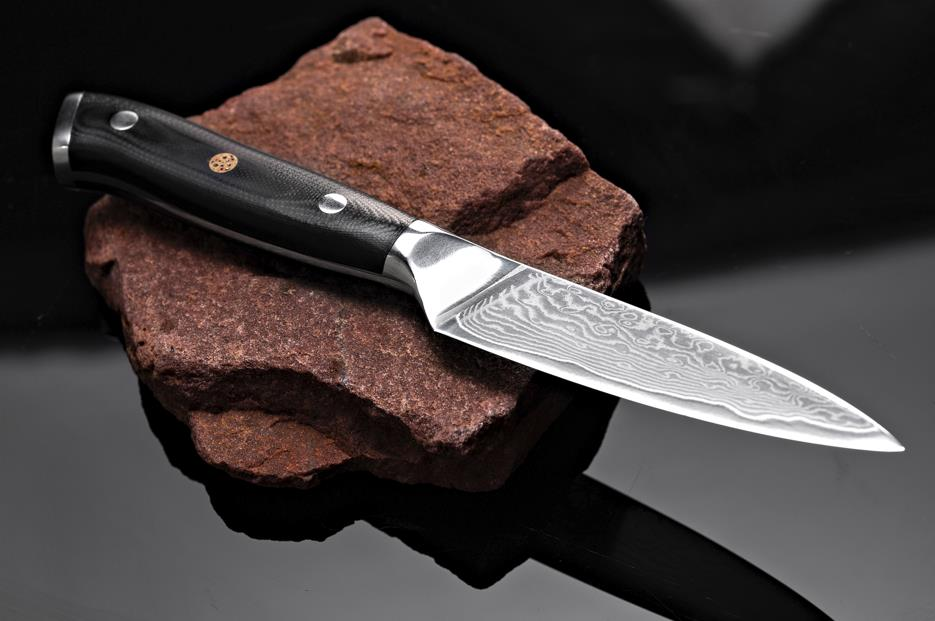
Photo by: HDMD Knives Blog
Have you ever wondered why your kitchen knives aren’t as sharp as they used to be? Here’s the lowdown on some common reasons behind that edge loss.
Abrasion
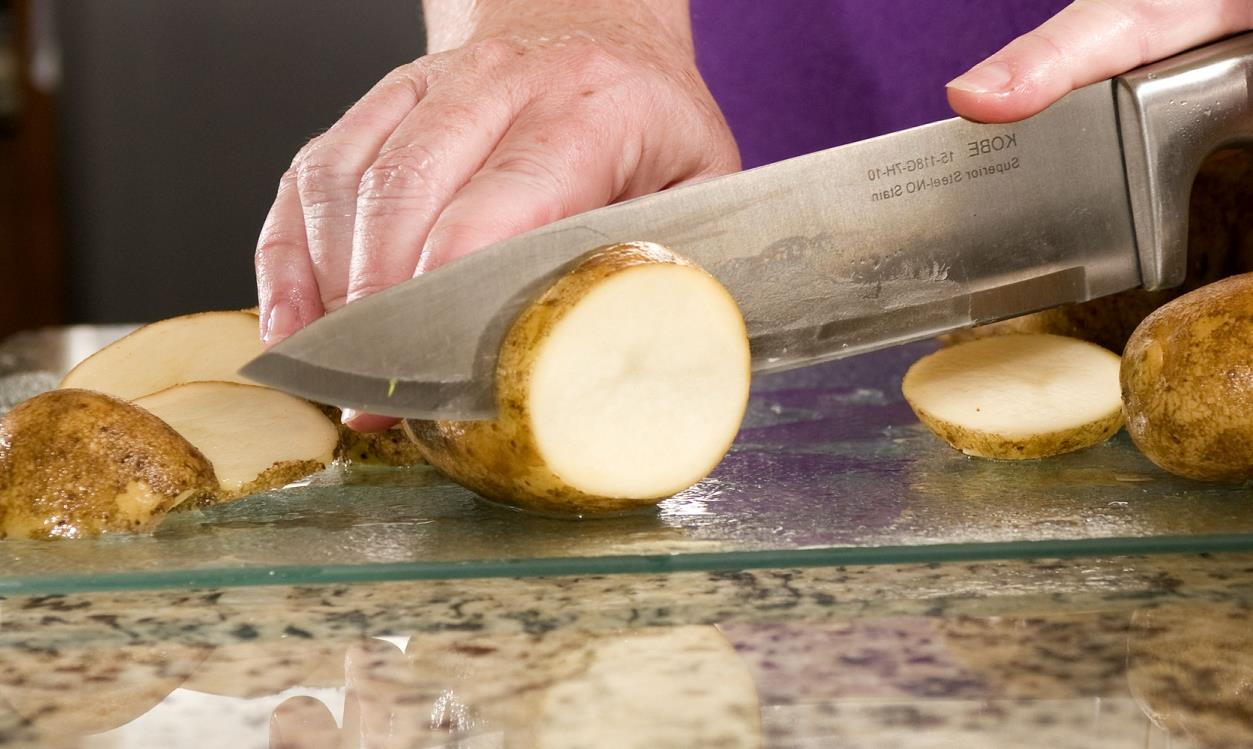
Photo by: HDMD Knives Blog
Imagine wielding your sharp knife and performing the slicing and dicing dance on tough surfaces like glass or ceramic plates. That’s the daily grind (literally), wearing down your blade and gradually robbing it of its cutting-edge mojo over time. It’s like your sharp knife is facing off against a heavyweight champion – the glass and ceramic surfaces acting as the formidable cutting board in this culinary ring.
Metal Fatigue
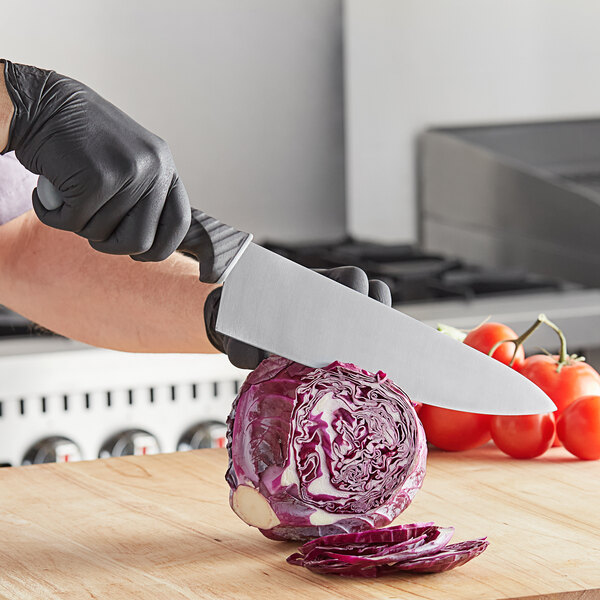
Photo by: WebstaurantStore
Now, with all the chopping and slicing action, you’re putting your knife blade through some serious pressure. The metal starts feeling the stress of this culinary workout. Over time, it can accumulate these tiny wear-and-tear deformities. Yeah, you guessed it – that’s the recipe for a less-than-sharp edge. It’s like your knife blade is hitting the gym, and the relentless chopping is the heavy lifting routine, gradually shaping the metal and influencing its sharpness.
Impact Damage
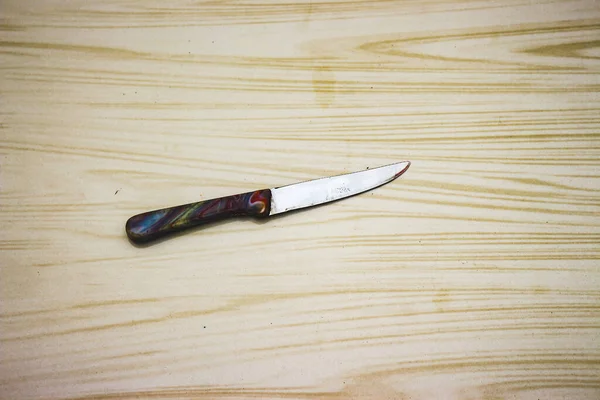
Photo by: Depositphotos
Have you ever dropped your favorite knife, the best knife in your collection, or tried to be a superhero slicing through bones? That’s like battle scars for your blade that can contribute to the dull vibe of even the sharpest blade.
Corrosion
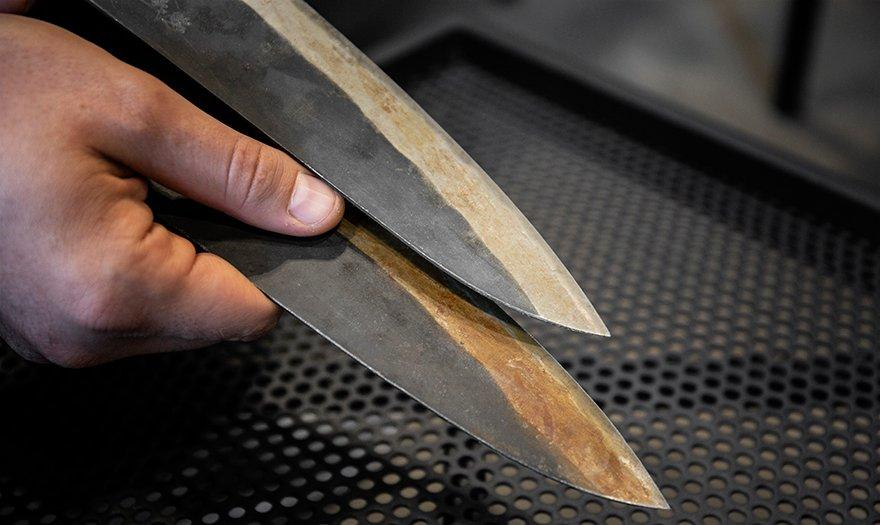
Photo by: Knivesandtools
Avoid exposing your sharp knives to acidic stuff – it’s like kryptonite for blades. Acidic substances can nibble away at the metal, leading to corrosion that messes with sharpness and overall blade strength. On the other hand, if you’re dealing with a dull knife, acidic exposure can exacerbate the bluntness, making it even more challenging to restore its cutting edge.
Improper Cutting Technique
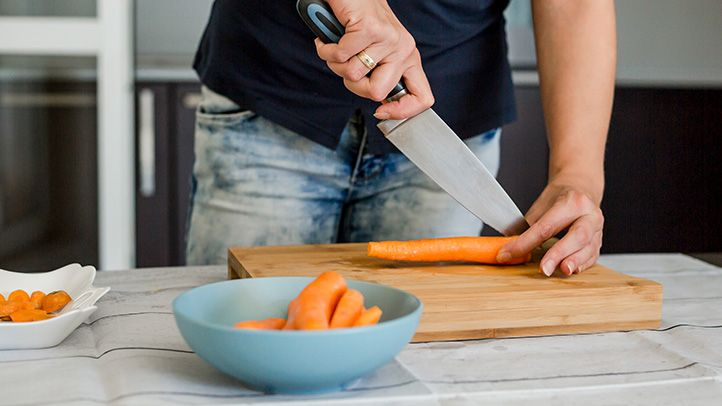
Photo by: Everyday Health
Hey, just a heads-up – if you’re not handling your kitchen knives correctly, you might be putting unnecessary stress on the knife’s edge. That could lead to the sharp blade rolling over or chipping; we want to avoid that! So, let’s ensure we’re using the proper cutting techniques to keep those sharp edges in top-notch shape, especially regarding your trusty chef’s knife. Keeping those kitchen knives sharp is key for a smooth and safe cooking experience!
Dishwasher Drama
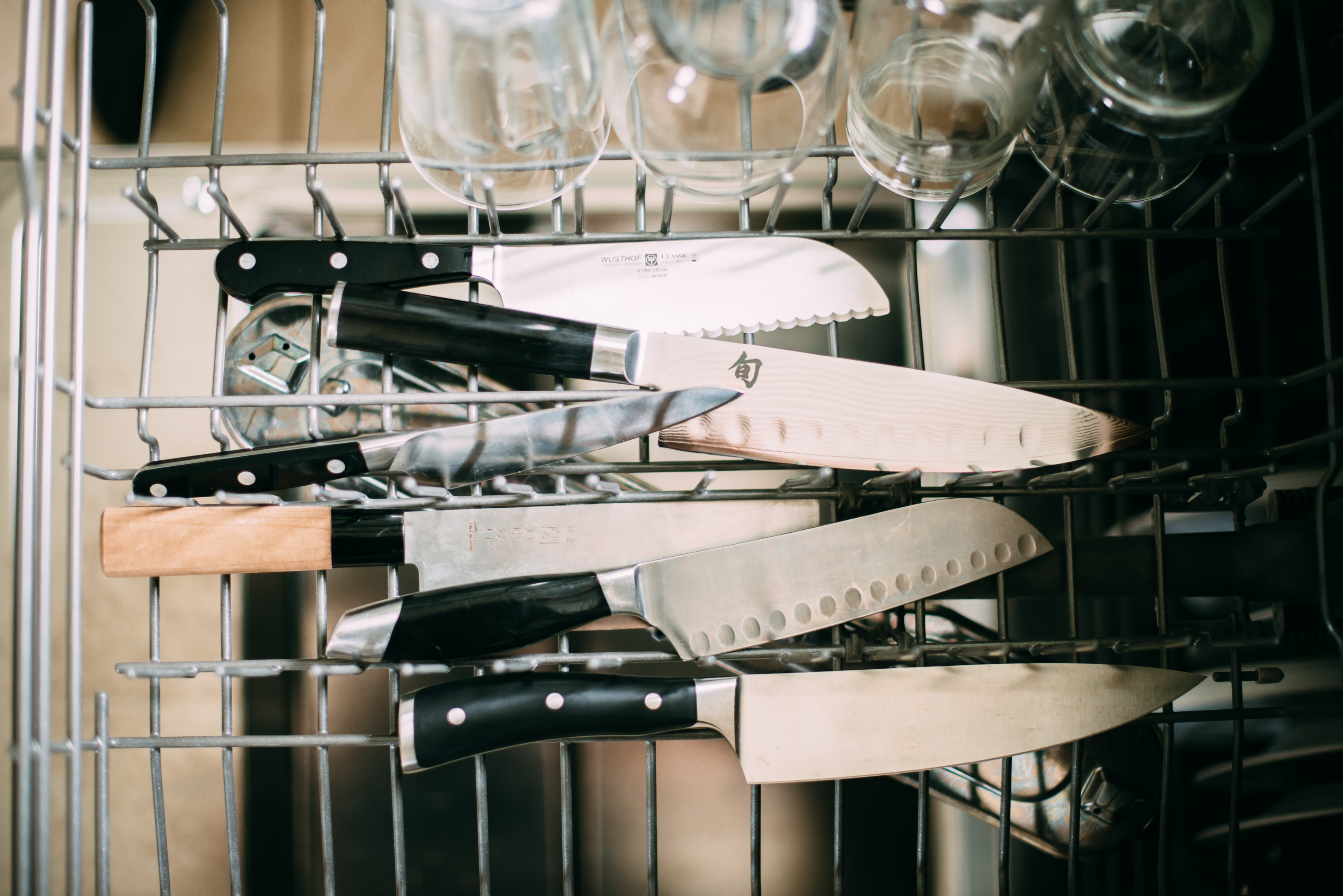
Photo by: The Kitchn
So, do you think tossing your stuff in the dishwasher is a quick fix? Think again! The crazy water pressure, tough detergents, and the chance of your fancy knife bumping into other utensils right on the edge of the blade can speed up that dulling process. Don’t sacrifice your tools’ lifespan for a little convenience on the job!
Inadequate Honing

Photo by: Serious Eats
Giving your dull knives a honing session is like sending them to a spa – it keeps that dull blade in check until it’s time for proper sharpening. Skip this step, and your blade loses its sharpness faster than you can say “slice.” So, treat your knives right and keep them spa-day-ready to slice through anything cleanly!
Lack of Regular Maintenance
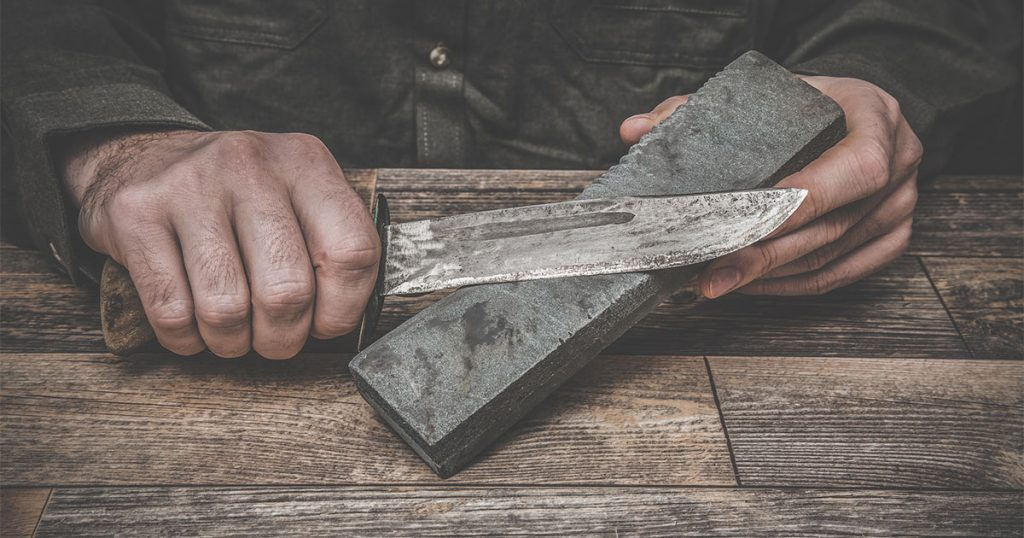
Photo by: William Henry
Are you neglecting the sharpening adventure for your trusty good knife, leaving it in the lurch when it comes to maintaining that sharp edge? Well, that’s like sending it on a fast track to an even duller state over time.
Low-Quality Steel

Photo by: Wild lowa Outfitters
Okay, so not every sharp knife is cut from the same cloth. If your knife is rocking lower-quality steel or has a subpar heat treatment, it might only hold an edge briefly. A quick tip: splurge on the good stuff for better edge retention! Your knife’s edge will thank you later.
The Unsharpened Truth About Dull Kitchen Knives
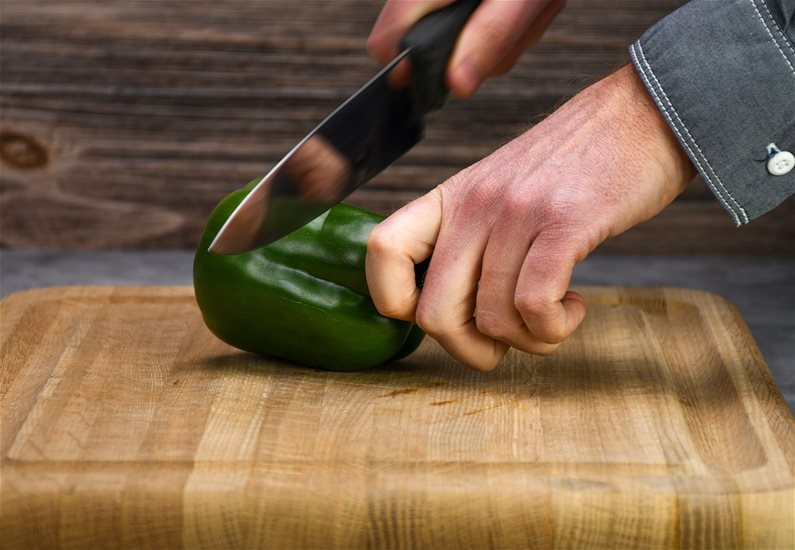
Photo by: Sharpening Supplies
Let’s spill the tea on dull knives – they’re not just a kitchen inevitability; they’re low-key dangerous. Picture this: a dull knife, lacking the finesse of sharp knives, is prone to slipping and sliding over your ingredients. You find yourself in a pressure game, desperately trying to get a decent cut. More pressure means a higher chance of losing control and, oops, accidentally turning your fingers into unexpected ingredients. And let’s not even talk about the marathon healing time for nicks and cuts from a dull blade compared to the swift slice of a sharp one.
Now, knives aren’t magical creatures that stay sharp forever, and sadly, they don’t sharpen themselves either. Most of us whip up everyday meals without realizing our knives aren’t slicing as smoothly as those sharp knives did fresh out of the box. It’s like a slow fade – the blades gradually lose their edge through regular use, and there’s no escaping the inevitable dulling.
So, how do you know if your knives hang onto their sharpness? Here are some tests to know if your knives are getting dull:
Paper Test
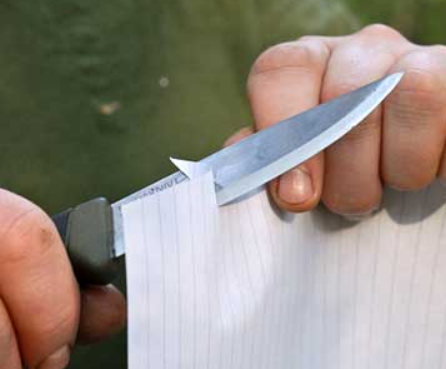
Photo by: I Luv Knives
Slice through a piece of paper. A sharp knife will cut smoothly, while dull knives may snag or tear.
Tomato Test
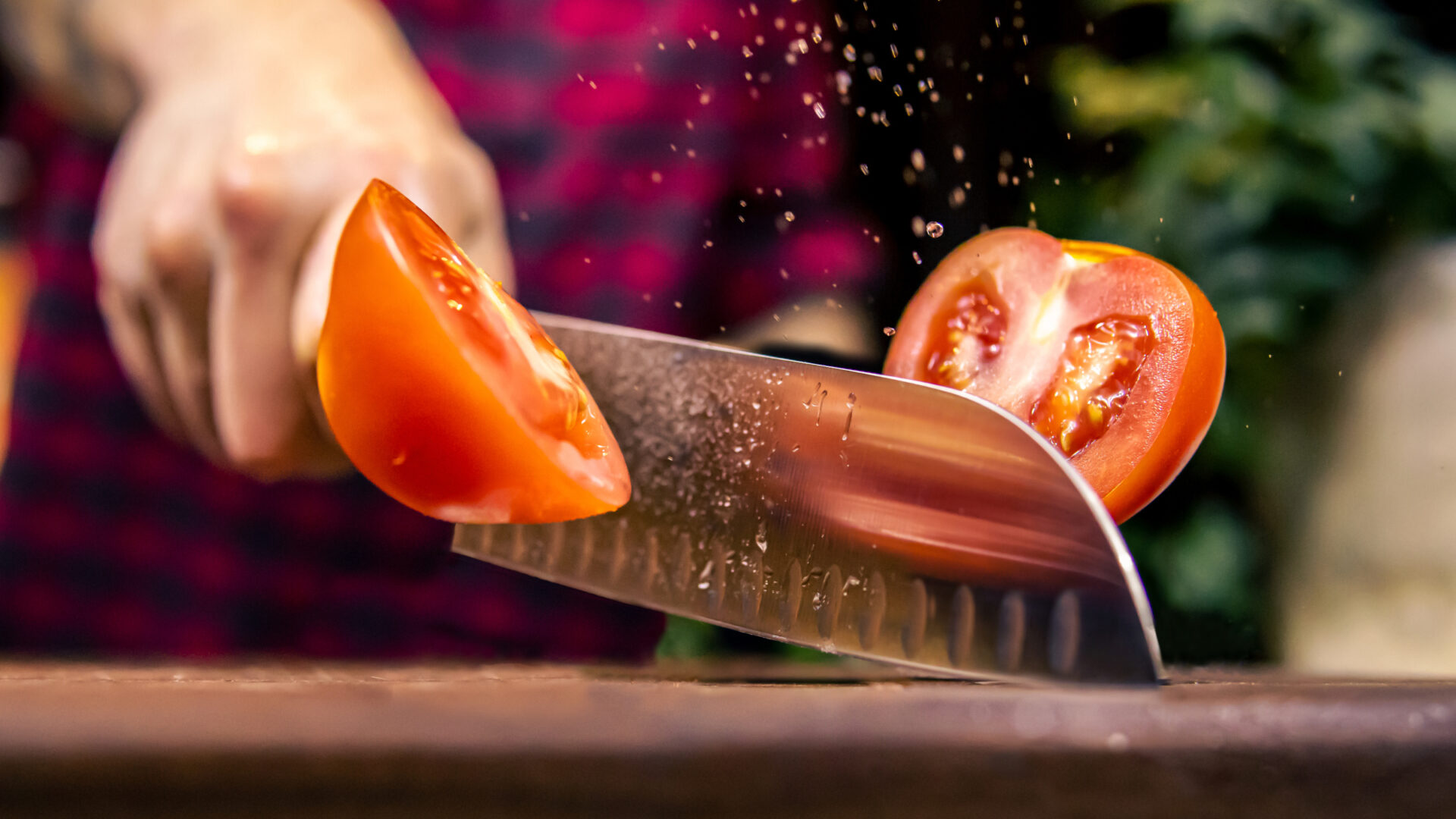
Photo by: Arctic Caveman
Grab a ripe tomato and slice through its skin. A sharp knife will glide effortlessly through, while dull knives may crush or tear the skin.
Onion Test

Photo by: The Breeze
Check your knife’s sharpness with an onion. A sharp knife cleanly cuts through, releasing fewer irritants. Dull knives may cause more tearing or crushing.
Visual Inspection

Photo by: Psymbolic
Examine the knife edge under good lighting. A sharp edge will have a clean, straight line, while a dull one may appear rounded or have nicks.
Fruit or Vegetables Push Test

Photo by: Food Network
Push the knife through a hard vegetable, like a carrot. A sharp knife should be cut with minimal effort. If you need to apply more pressure, your knife might lose its edge.
Tips to Keep Your Blades Sharp and Sassy
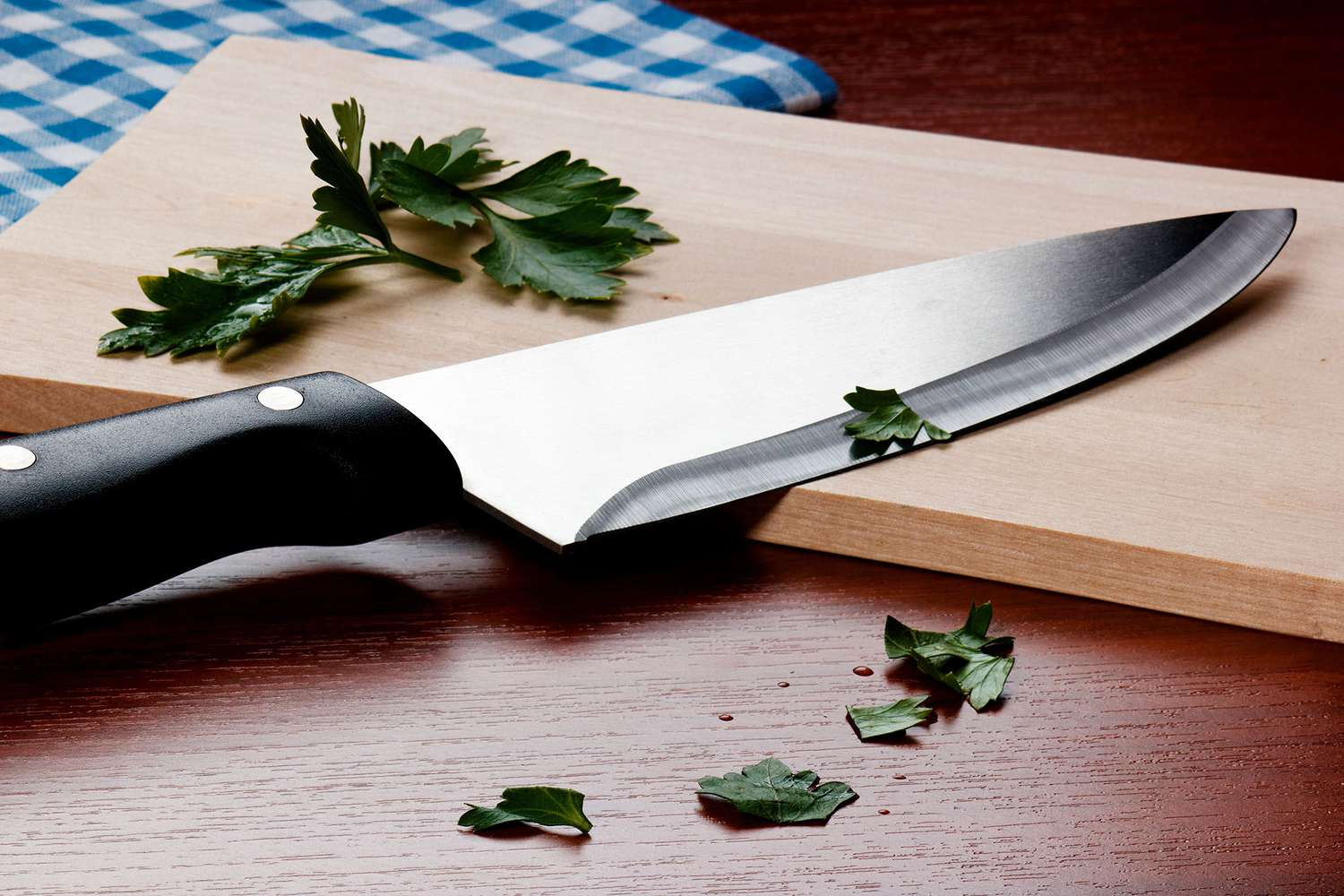
Photo by: Allrecipes
Alright, let’s chat about keeping your knives in tip-top shape. Nobody wants a dull blade, right? Here are some laid-back tips to keep those knives slicing like a dream:
Be Picky About Cutting Surfaces
Go easy on your knives using softer cutting boards – wood or plastic are your best buds. Steer clear of glass or granite, though; they’re like kryptonite for sharp blades.
Give Them a Quick Hone and Sharpening
Keep that honing rod handy. A quick honing session between full-blown sharpenings works wonders, keeping those edges aligned and sharp.
Handwash the VIPs
Your knives are VIPs, so treat them right. Skip the dishwasher drama – handwash them. Those harsh detergents and water pressure can be too much for their liking. After a good wash, don’t leave them hanging wet. Dry those blades to keep them corrosion-free. And store your knives like a pro chef. Knife block, magnetic strip, or blade guards – pick your poison. Don’t toss them into a kitchen drawer with all the other utensils; they’re not fans of that clangy lifestyle.
Invest in Quality Steel
Quality matters! Invest in knives made from top-notch steel with the right heat treatment. They’ll thank you by holding their edge longer and making your kitchen adventures smoother.
Right Tool for the Job
Different strokes for different folks, right? The same goes for knives. Use the right one for the task at hand to avoid unnecessary wear and tear. Save your knives for food, not superhero stunts. Steer clear of cutting through bones or frozen foods – let them handle the soft stuff. Go for a smooth slicing motion when chopping away instead of sawing back and forth. And, hey, there is no need to Hulk-smash it – gentle pressure does the trick.
By following these easy-breezy tips, you’ll be proud of some seriously sharp knives. Happy slicing!
Here’s an additional on how do knives get dull
Conquering the Dullness Dilemma in Your Kitchen Knives!

Our kitchen knives lose their sharpness due to abrasion, metal fatigue, and improper care. However, armed with a few simple tips, we can prevent them from getting dull. Choosing the right cutting surfaces, techniques, and tools, along with regular honing and quality steel, keeps our knives in top-notch shape. So, let’s embrace these easy-breezy practices and enjoy a kitchen filled with sharp and sassy knives!
FAQs
Is It Okay to Use a Dull Knife?
Are you using a dull knife? Not cool. They’re more of a safety hazard compared to sharp ones. Why? Because you end up applying more force, and that’s a slippery slope to potential injuries. Plus, dull knives can turn your smooth food prep into a tearful saga, making it all messy and time-consuming. So, keep those blades sharp for a smoother and safer kitchen experience!
Can a Knife Get Dull Without Use?
Your knife can get dull even if you’re not using it much, and here’s why: First up, there’s this thing called oxidation. When a knife hangs out in the open air, the metal in the blade can team up with oxygen to form rust. Rust messes with the knife’s edge, making it dull. Then, there’s atomic migration. Atoms in the knife’s edge are doing a little shuffle. With time, all that moving around can make the edge dull.
Lastly, if you store your knife in a way that lets it rub against other stuff, like in a drawer, it can get damaged and lose its sharpness. Maintain the sharpness of your knife, even if you’re not using it every day, by storing it properly—choose either a knife block or a magnetic strip. Ensure it stays clean and dry to prevent any rust. It’s a breeze!
📌 Find Us on Social Media
🔹 Facebook: VeganGlobetrotter Join us on our Facebook page, VeganGlobetrotter, where we share mouthwatering plant-based recipes and tips to inspire your vegan lifestyle.
🔹 Instagram: _veganglobetrotter Follow us on Instagram at _veganglobetrotter to embark on a visual journey of delectable vegan dishes.
🔹Pinterest: theveganglobetrotter Dive into the world of plant-based goodness and wellness with our Pinterest account, theveganglobetrotter.
🔹 Twitter: VeganGlobetrot Stay up-to-date with the latest vegan trends, insightful articles, and exciting updates by following us on Twitter at VeganGlobetrot.
🌍 Let’s embark on a vegan journey and a celebration of the vibrant world of vegan living! 🌱🌏

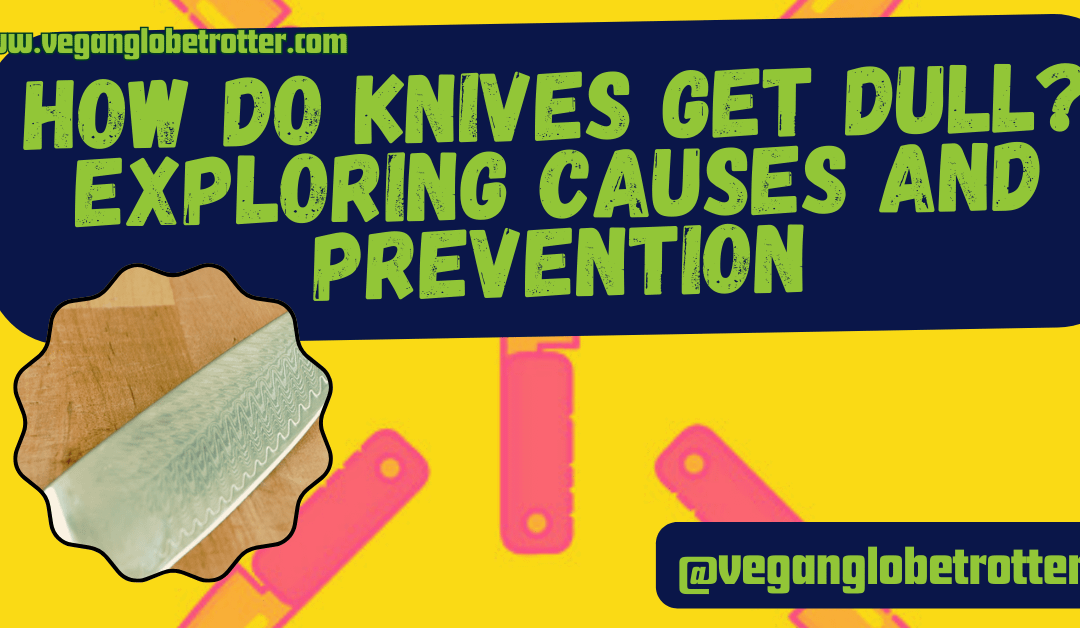



Don't miss out
when new recipes and information are added!
Join our newsletter for free recipes,
healthy living inspiration, and special offers
You have Successfully Subscribed!